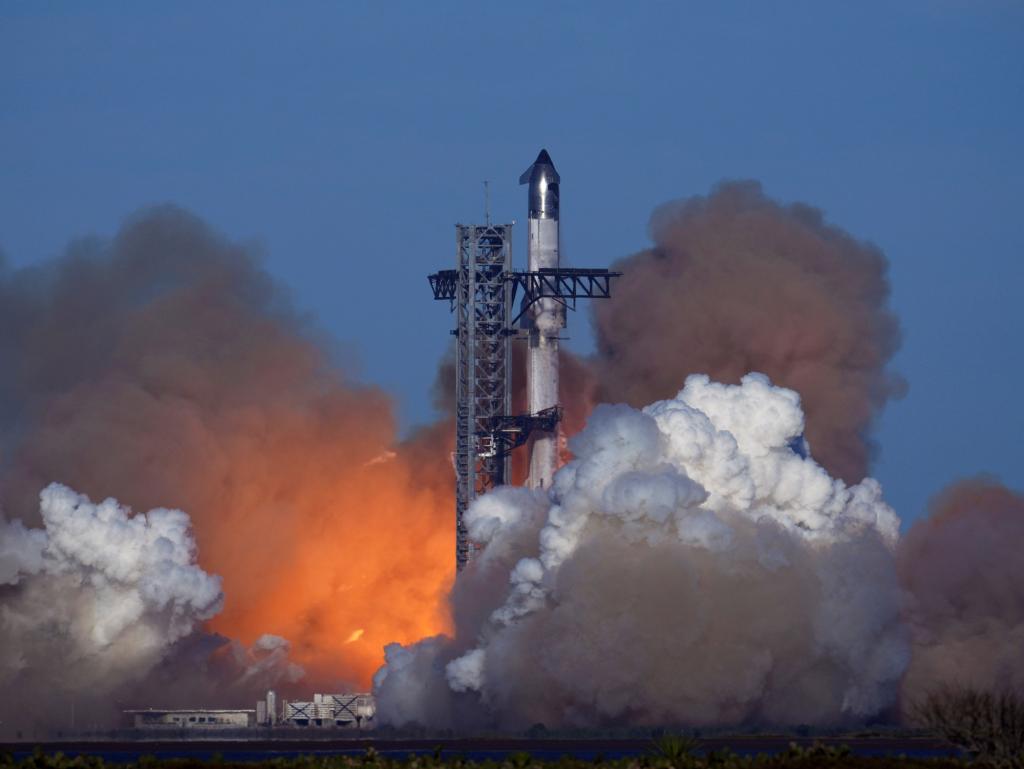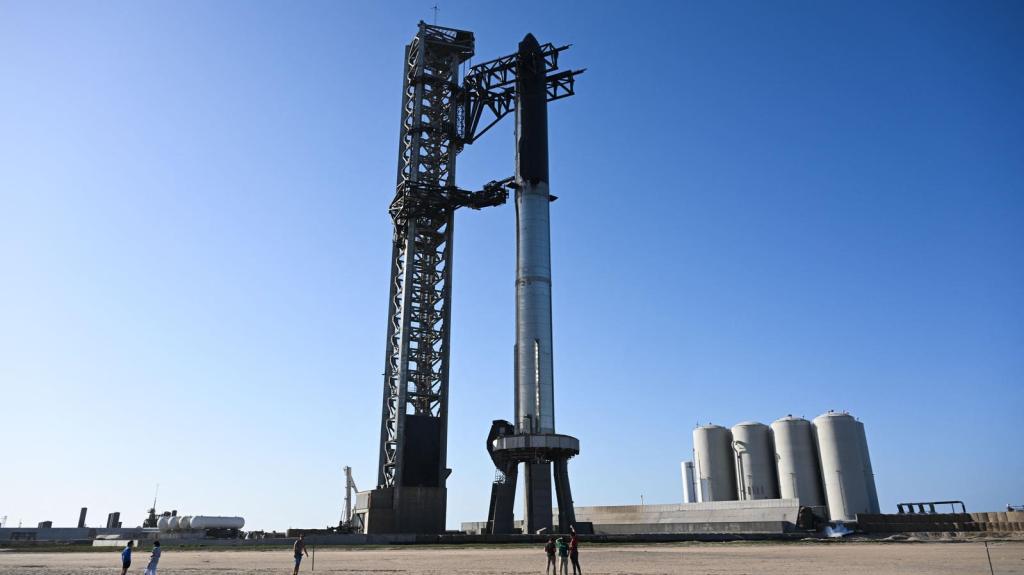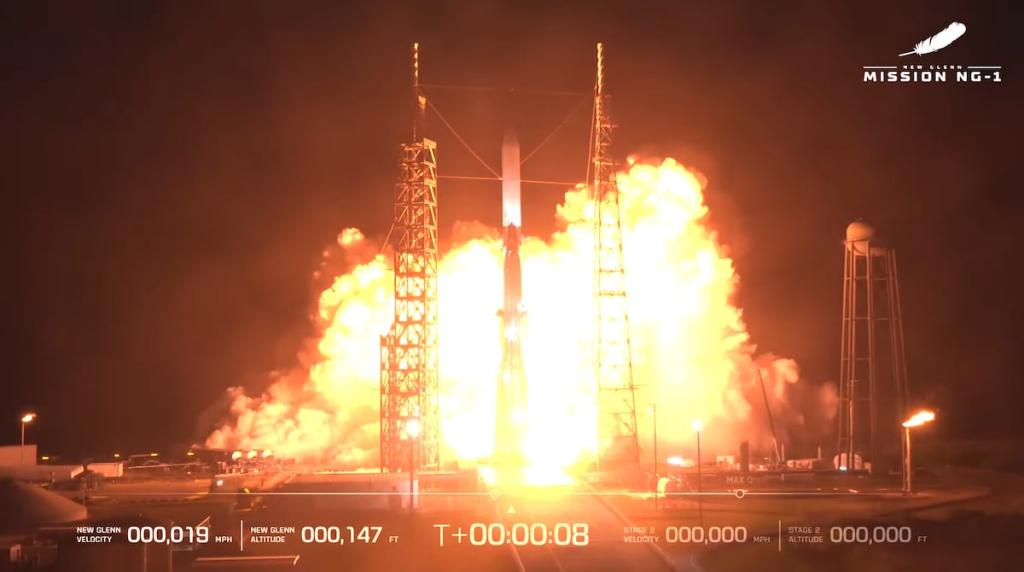Boeing Starliner Mission: NASA's Safety Overcomes Challenges
Boeing's Starliner mission faced setbacks, leading NASA to prioritize astronaut safety, resulting in an eight-month stay aboard the ISS. Discover the full story.
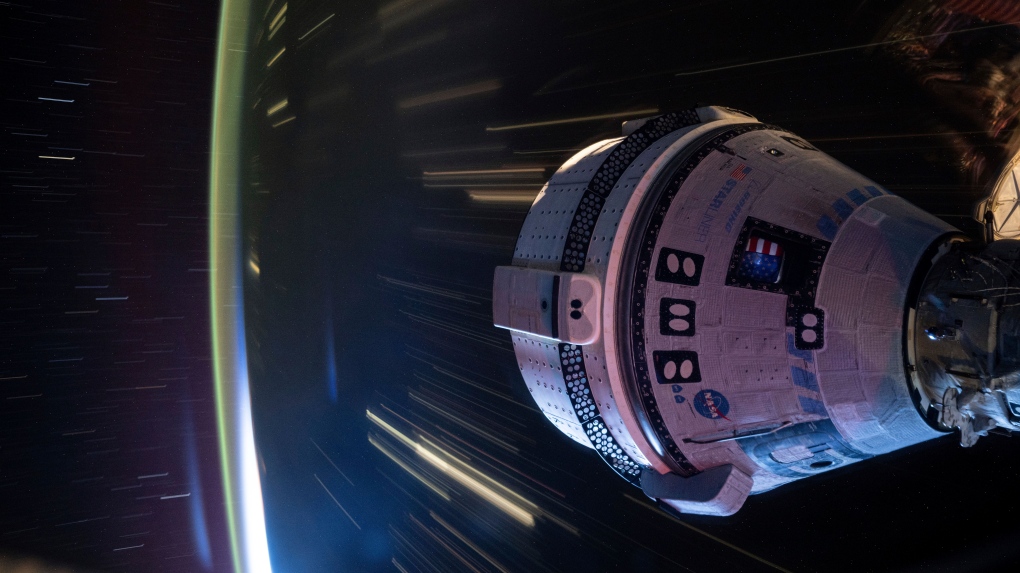
Key Points
- The Boeing Starliner
mission ended with the spacecraft returning uncrewed due to safety concerns, leaving astronauts Wilmore and Williams stranded on the ISS until February 2025.
- NASA prioritized astronaut safety over technological readiness, showcasing a commitment to rigorous testing in the face of significant thruster failures and helium leaks.
- Despite the setbacks, Wilmore and Williams continue to contribute to scientific research aboard the ISS, emphasizing the collaboration in human spaceflight efforts.
In a perplexing twist for the aerospace community, Boeing's first crewed mission of the Starliner spacecraft ended with the craft returning to Earth without its astronauts. This unexpected outcome stemmed from significant technical issues detected during their transit to the International Space Station (ISS), forcing NASA to prioritize safety over plans to retrieve the crew.
and
, two veteran astronauts, will now remain aboard the ISS until their scheduled return in February 2025, transforming what was initially an eight-day mission into an eight-month stay in space.
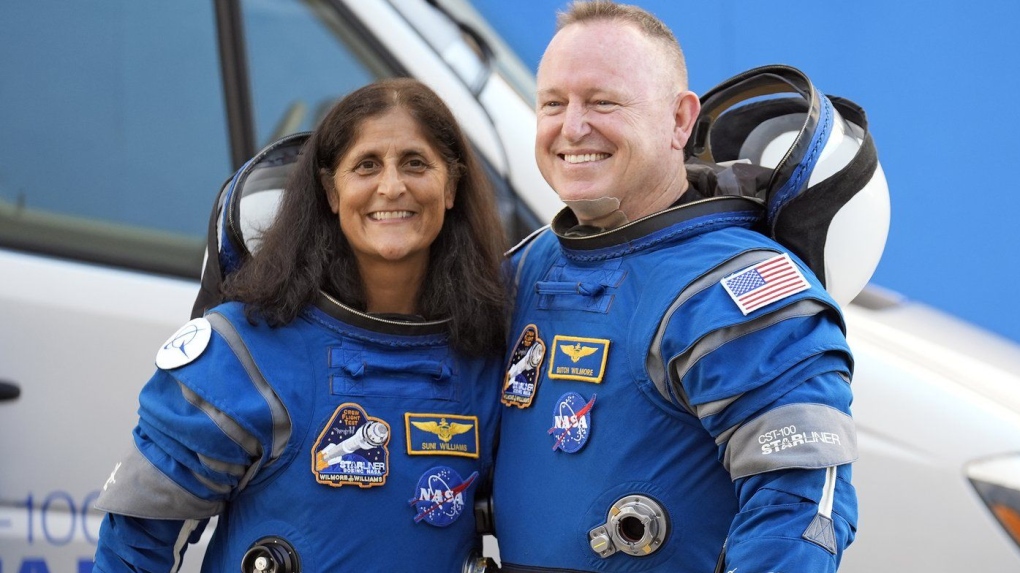
A Dramatic Turn of Events
The Starliner spacecraft's adventure began in June but quickly escalated into a saga marked by malfunctioning thrusters and helium leaks, raising doubts about its performance. The mission was designed to validate the transport system, yet unforeseen complications led to the NASA team’s cautious approach. After a detailed review, the decision was made to proceed with an uncrewed return to ensure the astronauts’ safety—a pivotal moment affirming NASA's commitment to prioritizing human life, even in the face of technological failure.
Technical Challenges and Their Implications
The technical issues plaguing the Starliner spacecraft highlight the complexities involved in space missions. Problems arose during the spacecraft's initial flight check, with NASA identifying five failed thrusters and helium leaks. These malfunctions led NASA to book a rescue flight with
instead, pushing Wilmore and Williams' return further into the future. The agency, keen on maintaining rigorous safety standards, opted against returning the astronauts on a vehicle with verified issues, despite Boeing's insistence on their readiness.
Interestingly, this decision underscores the changing dynamics in the aerospace sector. While Boeing initially faced backlash due to the Starliner's failures, the collaborative nature of space exploration today allows companies like SpaceX to step in and support NASA's broader goals. This shift towards collaboration can be seen as a silver lining amidst the disarray of Boeing’s mission.
Space Station Life: A New Reality for Astronauts
For Wilmore and Williams, life on the ISS will continue to be anything but dull. They are now part of the permanent crew aboard the orbital laboratory, engaging in various scientific experiments and maintenance tasks that benefit the ISS's ongoing research efforts. Among their accomplishments are groundbreaking studies on growing plants in microgravity and innovative ways to produce fiber optic cables.

Looking Forward: The Path Ahead
As Boeing prepares to recover the Starliner capsule for subsequent investigations and testing, the company must also look towards rectifying the underlying issues that led to this setback. The Starliner program has faced significant delays and cost overruns, totaling over $1.6 billion since 2016, igniting discussions about efficiencies in future missions. While the return was deemed a success, many lingering questions surround Boeing’s development strategy and its competition with SpaceX, which has established a strong foothold in the sector.
Ultimately, this unfolding story provides valuable insights into the complexities of human spaceflight. It emphasizes the importance of rigorous testing and the ability to pivot effectively in the face of challenges. NASA's commitment to safety is paramount; the decision to delay the astronauts’ return may serve as a reminder that achieving lofty aviation goals requires patience, innovation, and sometimes, a willingness to learn from mistakes.
As we move forward, the collaboration between industry giants ensures that the future of space travel remains bright. With initiatives in place to continue fostering competition, innovation, and safety, the aspirations of astronauts like Wilmore and Williams will continue to inspire humanity to explore the cosmos.
